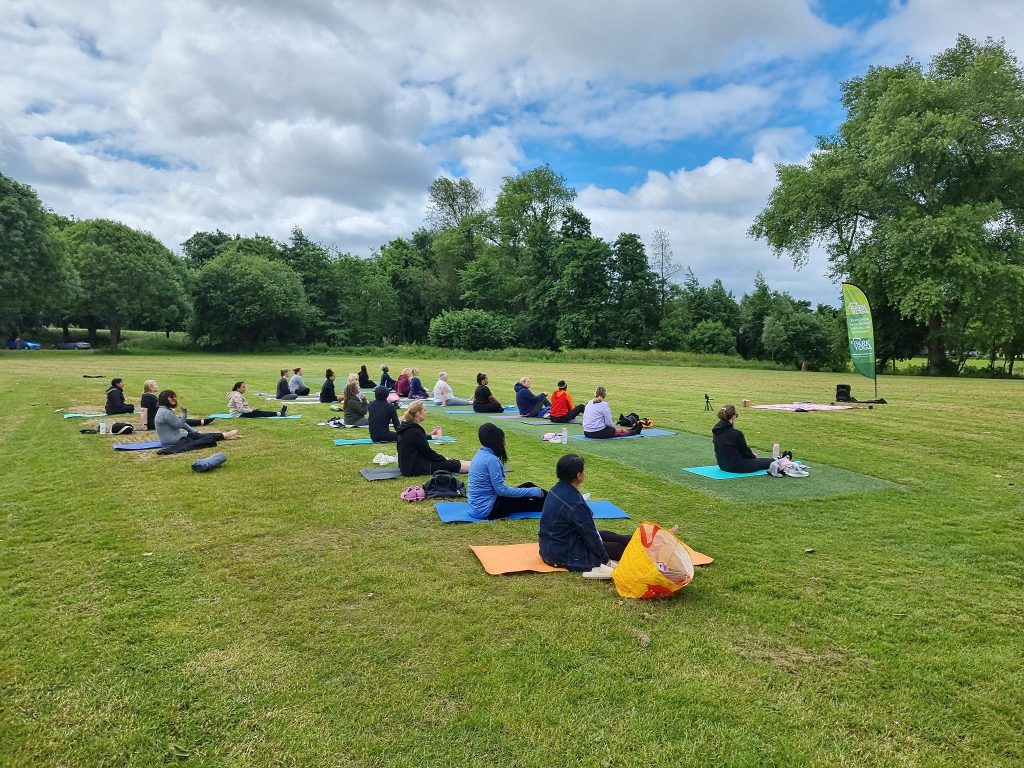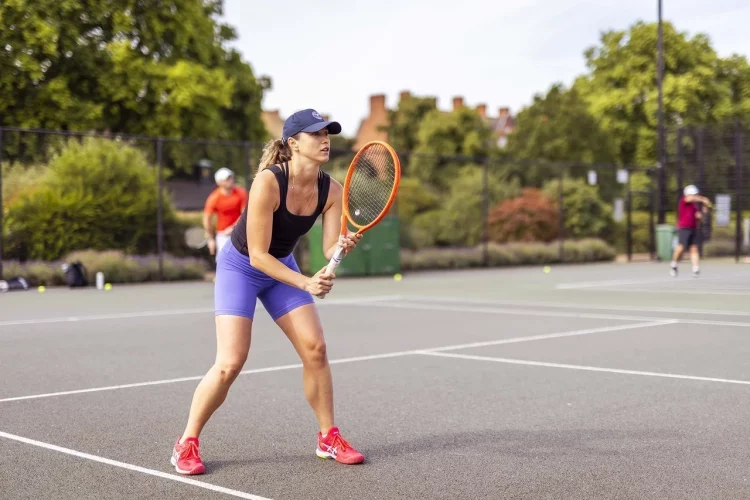In the heart of city parks, beneath overpasses, and along waterfront promenades, a quiet revolution in public health is gaining momentum—outdoor fitness classes that are open to all and completely free. From yoga in the grass at sunrise to sunset dance cardio on public basketball courts, cities around the globe are embracing this movement as a powerful, inclusive solution to urban wellness. These open-air group workouts aren’t just cost-effective ways to stay fit; they are catalysts for stronger communities, mental health support, and public engagement. As health disparities, sedentary lifestyles, and gym costs leave many people without access to exercise, free outdoor fitness classes are transforming urban spaces into vibrant hubs of movement and motivation.
The Shift from Studio to Sidewalk
The rise of outdoor fitness began as a response to multiple urban challenges—high gym fees, limited access to green space, and a growing awareness of the mental health benefits of being outdoors. The COVID-19 pandemic significantly accelerated this shift as indoor fitness centers shut down and people craved socially distanced ways to move. Trainers and wellness organizations brought mats, music, and microphones to sidewalks, parks, and piers. What began as a temporary fix has now become a lasting fixture. From San Francisco to Stockholm, city dwellers are realizing that the best workouts aren’t confined to four walls—they’re found where fresh air and freedom reign.
City-Sponsored Wellness for All
Many municipalities now recognize outdoor fitness as a cornerstone of preventative public health. Local governments are investing in infrastructure such as fitness equipment stations, shaded workout zones, and amphitheater-like park stages designed for group movement. Cities like Miami, Toronto, and Melbourne host fully sponsored weekly classes ranging from HIIT and tai chi to zumba and bootcamps—no sign-ups or payments required. These classes are often led by certified instructors contracted by city health departments or fitness collectives awarded public grants. The goal: to lower the barrier to exercise and integrate movement into the daily rhythm of city life.
Case Study: Los Angeles Moves in Sync
In Los Angeles, the Department of Recreation and Parks launched “Free Fitness in the Park,” a now-permanent program offering over 150 outdoor fitness classes across neighborhoods each week. “We wanted to create accessible pathways to movement for residents of every age and income level,” says program director Carla Johnson. Classes include circuit training in MacArthur Park, gentle yoga in Echo Park, and kids’ movement sessions in Leimert Park. Attendance regularly exceeds 30 people per class, many of whom had never joined a gym before. According to Johnson, “It’s about more than physical fitness—it’s about reclaiming public space and making wellness a right, not a luxury.”
The Power of Community Leaders
Behind every thriving outdoor fitness class is a passionate community leader who chose to turn open space into opportunity. In Atlanta, former personal trainer Darnell Moore began offering sunrise bootcamps in Piedmont Park after losing his gym job during the pandemic. “I didn’t have equipment, but I had my voice, a whistle, and the will to get people moving,” he says. His classes now draw dozens, and his group “Move ATL” partners with local nonprofits to provide healthy snacks and mental wellness resources after each session. “This is fitness without walls, and it’s changing lives,” Moore adds. In London, 60-year-old volunteer Chloe Redding leads weekly outdoor tai chi for seniors in Hackney, helping reduce isolation and fall risk. These organizers bring vision, consistency, and care, becoming pillars of their communities through movement.
From Fitness to Fellowship
The physical benefits of outdoor group workouts are obvious—improved cardiovascular health, flexibility, strength, and energy. But the deeper transformation happens in the human connections formed. Participants frequently cite the sense of belonging and camaraderie as their primary motivation for showing up. People who once worked out in isolation now chat during cooldowns, plan weekend hikes together, and celebrate fitness milestones as a group. For many, especially newcomers to a city or those recovering from depression or anxiety, these classes offer a safe and welcoming space to reconnect with others. Unlike traditional gyms, which can be intimidating or exclusionary, outdoor fitness classes foster openness and mutual encouragement.

Nature as the Ultimate Trainer
There’s a reason fitness thrives in fresh air. Exercising outdoors boosts mood, reduces stress, and enhances mental clarity more effectively than indoor workouts. Exposure to natural light helps regulate circadian rhythms and vitamin D production. Parks and greenways provide ever-changing environments—shifting sunlight, birdsong, rustling leaves—that stimulate the senses and enhance mindfulness. Studies have shown that participants in outdoor group exercise report greater enjoyment and adherence compared to indoor gym-goers. In essence, nature becomes the silent co-instructor, helping people not only move better, but feel better.
Meeting the Moment: Equity and Access
For outdoor fitness classes to remain truly inclusive, equity must be prioritized. Organizers must consider language barriers, physical accessibility, and cultural relevance. Offering multilingual instruction, adaptive movements for seniors or people with disabilities, and varied class times can significantly increase participation. Public restrooms, shaded areas, and water access also improve the experience, especially in underserved neighborhoods. Cities like Portland and Minneapolis have created community advisory boards to help shape fitness offerings that reflect local needs. By partnering with cultural groups, health organizations, and schools, cities can ensure outdoor fitness is not just free—but truly welcoming to all.
Tools of the Trade: What You Need (And What You Don’t)
One of the greatest appeals of outdoor fitness classes is their simplicity. Most require little to no equipment—just a yoga mat, water bottle, and maybe a towel. Organizers often bring resistance bands, cones, or music speakers, but even bodyweight exercises offer powerful results. Many classes are designed to be adaptable, with beginner and advanced options built in. What truly matters is consistency, guidance, and motivation. And when workouts are led by someone who genuinely cares about the group’s well-being, participants don’t need mirrors or machines—they need presence and purpose.
The Future of Fitness Is Public and Planet-Friendly
As climate action and sustainability rise to the forefront of urban planning, outdoor fitness aligns perfectly with eco-conscious goals. Classes require no electricity, minimal infrastructure, and encourage active transportation (walking or biking to the park). They reduce dependence on energy-intensive gyms and promote a stronger relationship between people and the natural environment. Cities are beginning to link green space preservation with public health strategies, recognizing that healthier cities require both physical activity and environmental stewardship. Free fitness in public spaces offers a rare triple benefit: it’s good for people, good for the planet, and good for communities.
How You Can Get Involved
Whether you’re a city official, fitness professional, or curious participant, there are many ways to support the outdoor fitness movement. Cities can allocate funds for instructors, marketing, and maintenance. Trainers can volunteer to lead a session once a week and spread the word via social media. Residents can advocate for public parks to be activated with wellness programming. Even joining one class per week helps strengthen its momentum and visibility. If your city doesn’t offer free fitness, consider starting a simple meet-up in your neighborhood park. Every movement begins with one person choosing to show up—for themselves and others.
Conclusion
The rise of outdoor fitness classes is more than a workout trend—it’s a paradigm shift toward accessibility, equity, and communal health. In a time when many feel isolated, stressed, or priced out of traditional wellness options, free workouts in public spaces offer hope, strength, and connection. As cities continue to reimagine how health is supported, outdoor fitness stands as a shining example of what’s possible when movement meets mission. The path to fitness doesn’t need a price tag or a membership card—it just needs a patch of grass, a passionate leader, and people ready to move forward together.

















































